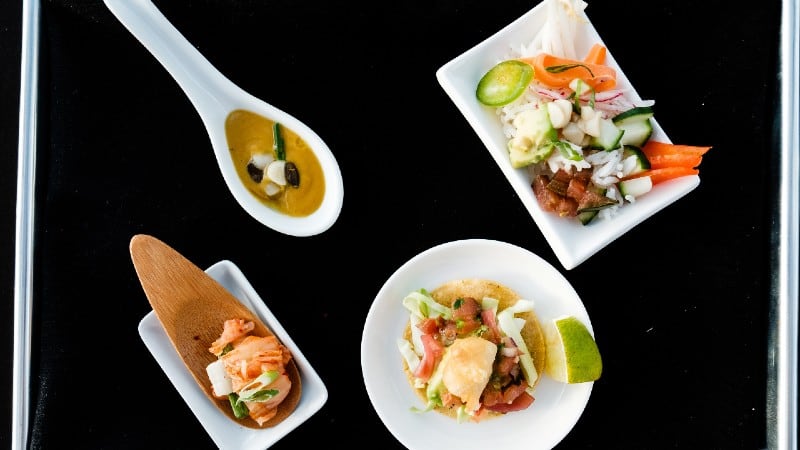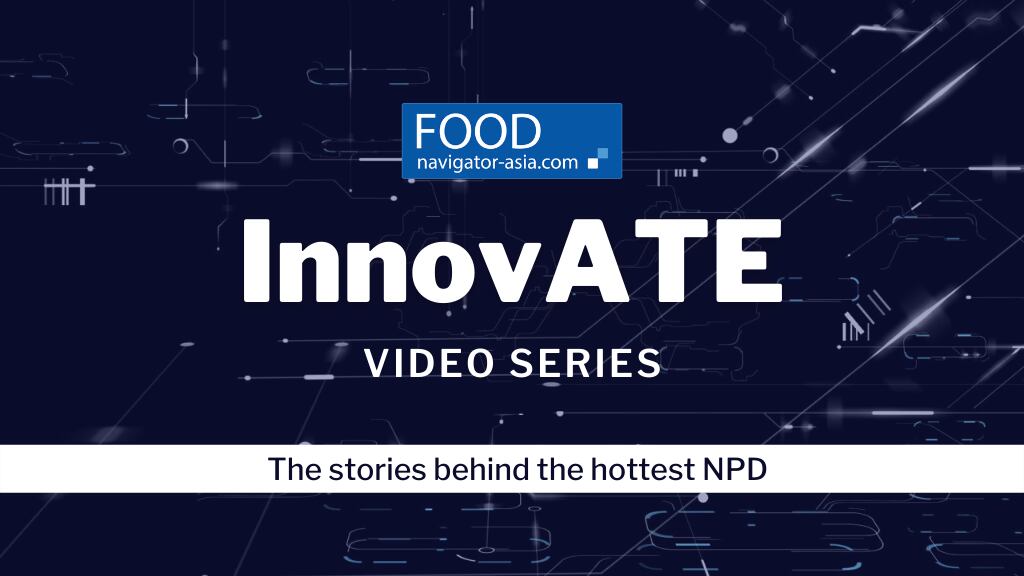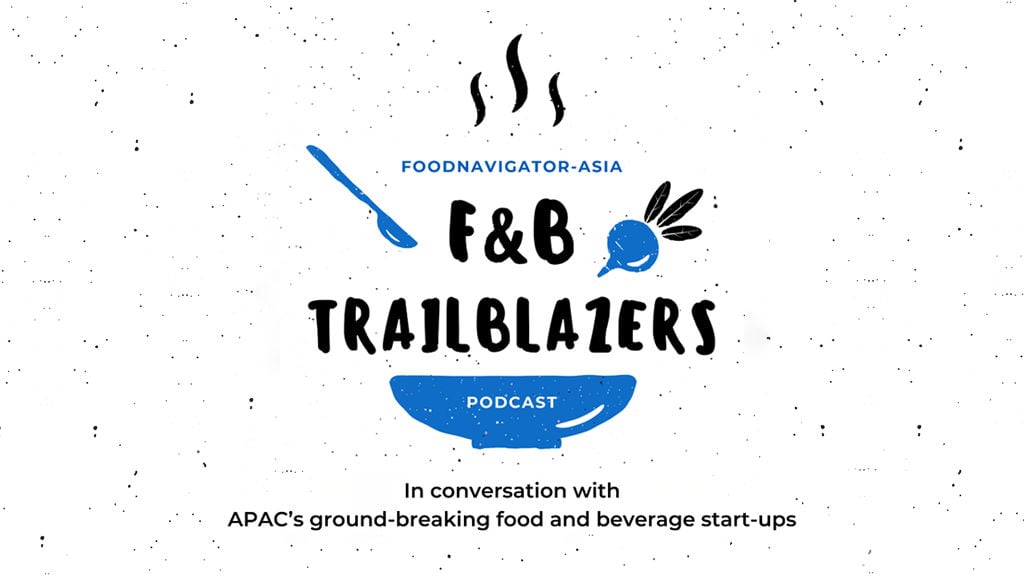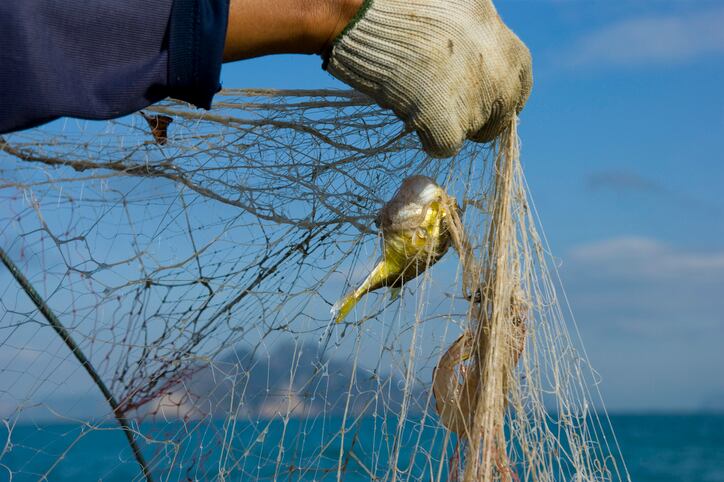BlueNalu is based in California, but the firm has a keen interest in developing into Asia, having designated the region as one of its major targets to establish a foothold and develop physical manufacturing facilities in within this decade.
According to BlueNalu CEO Lou Cooperhouse, amongst all the existing alternative meat technologies and products being developed today, he believes that cultured seafood is the ‘holy grail’ for the alternative protein sector, particularly so in Asia.
“When I started looking at the alternative protein sector, I was studying all the opportunities that might exist in that world and was fascinated by all the options i.e. plant-based, fermentation technology and cell culture technology,” Cooperhouse told FoodNavigator-Asia.
“But out of all of these, in all my research one particular category really stood out for me, which was the opportunity to manufacture seafood directly from the cells of fish, with the same characteristics.
“This means that it's not an imitation product but the real product made in a new way, with all the benefits of seafood without any of the many negative consequences of seafood and I really saw that as a holy grail, because we are already flatlining when it comes to getting seafood from the ocean to keep up with demand - we can't feed the planet the amount of seafood that that it requires today, let alone in the next couple of decades.”
Cooperhouse also observed that the cultured seafood industry has experienced tremendous progress and growth in the past few years, maturing at such a rapid pace that he believes commercialisation and profitability are now no longer a matter of ‘if’, but ‘when’.
“Just three and half years ago when I started BlueNalu there were a lot of challenges that seemed insurmountable - the technology did not exist, no one had ever propagated fish cells, the supply chains did not exist, the cost of everything was extraordinary, and commercially nobody had come close to developing factories in this fashion,” he said.
“Today we know that it is possible to utilise not a pharma grade model (which is of course much more expensive) but a food grade logic to develop large scale factories capable of large throughput and capacity for mass production and the supply chain issues are also being dealt with so cost has also come down significantly.
“Even with regulations where many challenges still exist around the world, so much has happened over the last two to three years in particular with even Singapore as the first country to have approved cultured meat for food use and seafood can’t be far behind.
“This and the entry of both food and pharma grade companies into the space to support it all just shows how the whole industry has matured significantly in the past couple of years, and because of this [progress] and maturation, we are very confident in our ability to be profitable with our large scale factories.”
Commercial production
BlueNalu is building the first of its cultured seafood factories in the United States, but Cooperhouse stressed that Asia is next on the list for the firm’s hit list to establish a similar production plant.
“We are a global company, not Californian or American, and Asia does have the greatest protein demand in the world so we are very focused on the market opportunities here,” he said.
“As such, we really see ourselves putting factories in Asia - As soon as we can develop up our first large scale factory, we're very motivated to build one shortly thereafter in Asia, so America and Asia are certainly our two main target markets.
“The last remaining hurdle for mass production is really about scale production, so that is the really the sole challenge that's left and this too will be solved in the next three to five years as well. We’re putting in place the various processes that will enable cultured seafood to be manufactured at a cost that can be quite opportunistic soon.”
BlueNalu has already secured strategic partnerships and/or investments with multiple investment firms and big food and beverage brands in Asia in order to accelerate its progress towards commercialisation, with major examples including Thailand’s Thai Union, Japan’s Mitsubishi Foods and Sumitomo, and South Korea’s Pulmuone.
Foodservice demand also high
Demand is also expected to come from the foodservice sector once commercial production goes live and reaches an acceptable price tag, both in search of a consistent supply chain as well as the potential to get access to previously inaccessible seafood species.
“We've also found through our research that foodservice operators are very motivated [to try cultured seafood] because they currently have such an inconsistent supply chain - It's the reason why restaurants don't always have seafood on their menu, it's very variable because the supply chain is so unpredictable,” he added.
“They have told us they are excited by the predictability and the opportunity to make a consistent product that consumers love, [as well as possibly working with] species that are imported, or difficult or impossible to farm raise.”
BlueNalu is eyeing the launch of its first large sale factory within the next five to seven years in the US, and in Asia by the end of this decade.
“So [the time when] we could really see cultured seafood hitting the market in larger volumes is actually not that far away,” Cooperhouse concluded.





